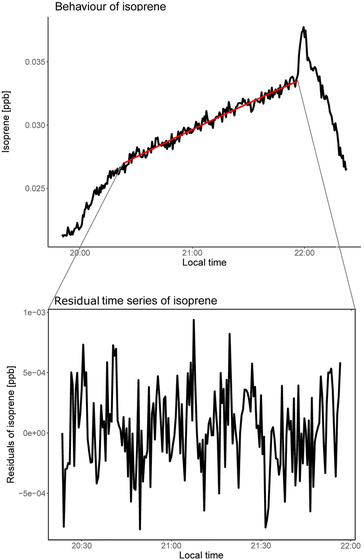By measuring chemicals secreted by spectators, it may be possible to rating movies

by Krists Luhaers
For watching movies, there may be limitations on appreciation by age ( ratings ). Ratings are conducted by the judging organizations of each country according to the content of the movie, but there are indications that it tends to be subjective to the judgment. Max Planck Institute of Chemistry in Germany is engaged in research that attempts objective ratings by analyzing chemical substances released from people watching movies.
Proof of concept study: Testing human volatile organic compounds as tools for age classification of films
https://journals.plos.org/plosone/article?id=10.1371/journal.pone.0203044
A chemical criterion for rating movies | Max-Planck-Gesellschaft
https://www.mpg.de/12363501/a-chemical-criterion-for-rating-movies
In order to prevent unnecessary violent or sexual content contained in the movie from being touched by the child, a unique rating is set up in various countries when screening the movie. However, the evaluation criteria that change with the times, such as movies that were said to be shocking decades ago are judged to be particularly problematic in the present age, are based on the subjectivity of judging organizations, and objective things There is none.
Previous studies have revealed that humans release a lot of volatile organic compounds (VOC) through breath and skin, and their types and proportions are influenced by various factors such as emotion. A research team led by Jonathan Williams of Max Planck Institute of Chemistry is presuming that objective rating can be done by measuring the VOC in the air in the theater being shown.
Therefore, in order to develop a method to objectively evaluate the age limit of the movie, the research team connected the mass spectrometer to the ventilation system of the movie theater and measures it every 30 seconds. We monitored the composition of chemicals contained in the air in the theater at the ppt level (1 trillionth) level and measured the concentration of 60 kinds of VOC.
Screened works that were the subject of the survey are as follows. The German rating is divided into 4 stages: FSK 0 (all ages allowed), FSK 6 (prohibited under 6 years old), FSK 12 (banned under 12), FSK 16 (prohibited under 16). The number drawn beside the movie title is the number of screenings studied.

And from the data obtained from the experiment, the research team focused on the substance " isoprene ". Isoprene is a VOC produced by metabolism and stored in muscle and is released from breath and skin every time a person moves the body.
The following image shows how the isoprene concentration in the theater rises when actually seeing FSK 0 movies. The black polygonal line represents the isoprene concentration measured every 30 seconds in ppm (parts per billion), and the red straight line is the regression line showing the increase in isoprene concentration.

However, according to the research team, it was difficult to judge whether the objective rating using VOC is possible only with this experiment data because the type of movie and the number of showings were not enough for the survey Thing. In addition, we have concluded that it is difficult to make a conclusion on the measurement at the movie theater because the time lag before the emotion corresponding to the content of the movie appears in the isoprene concentration during the screening is large.
Still, Williams commented, "From this experimental data it was able to prove that isoprene concentration can be used as an indicator of stress and tension." "The next aim is to judge whether other VOCs will serve as a chemical fingerprint of other emotional states.If you experiment in a tightly controlled sealed space rather than an ordinary movie theater, You may find out about that. "
Related Posts:







